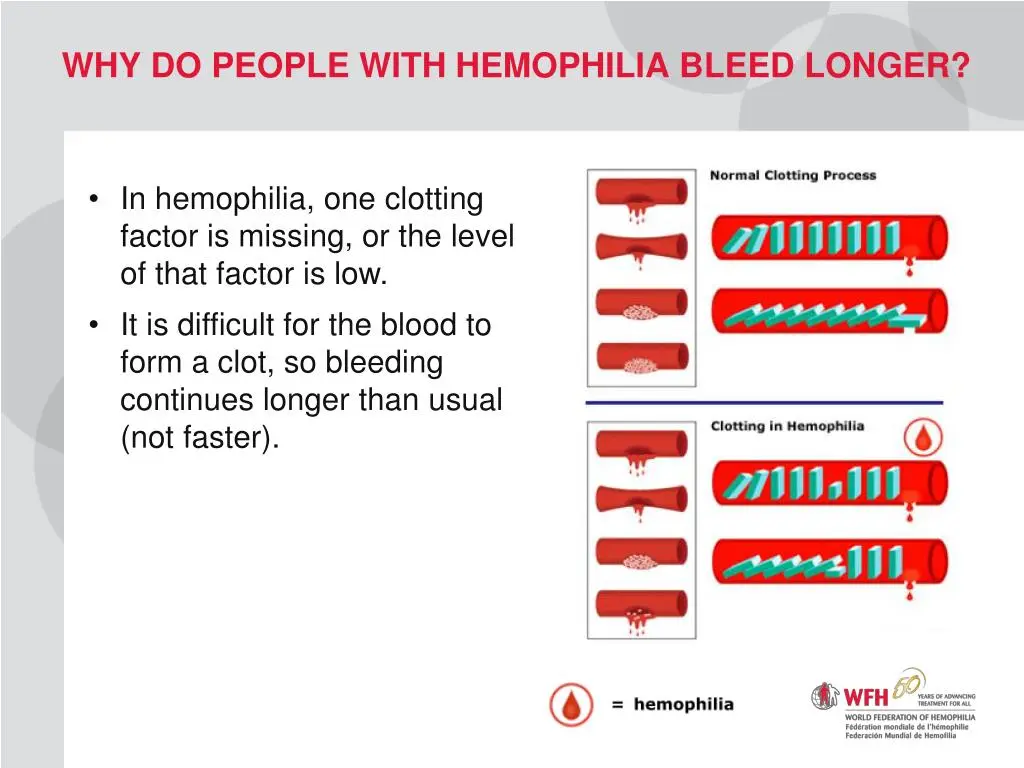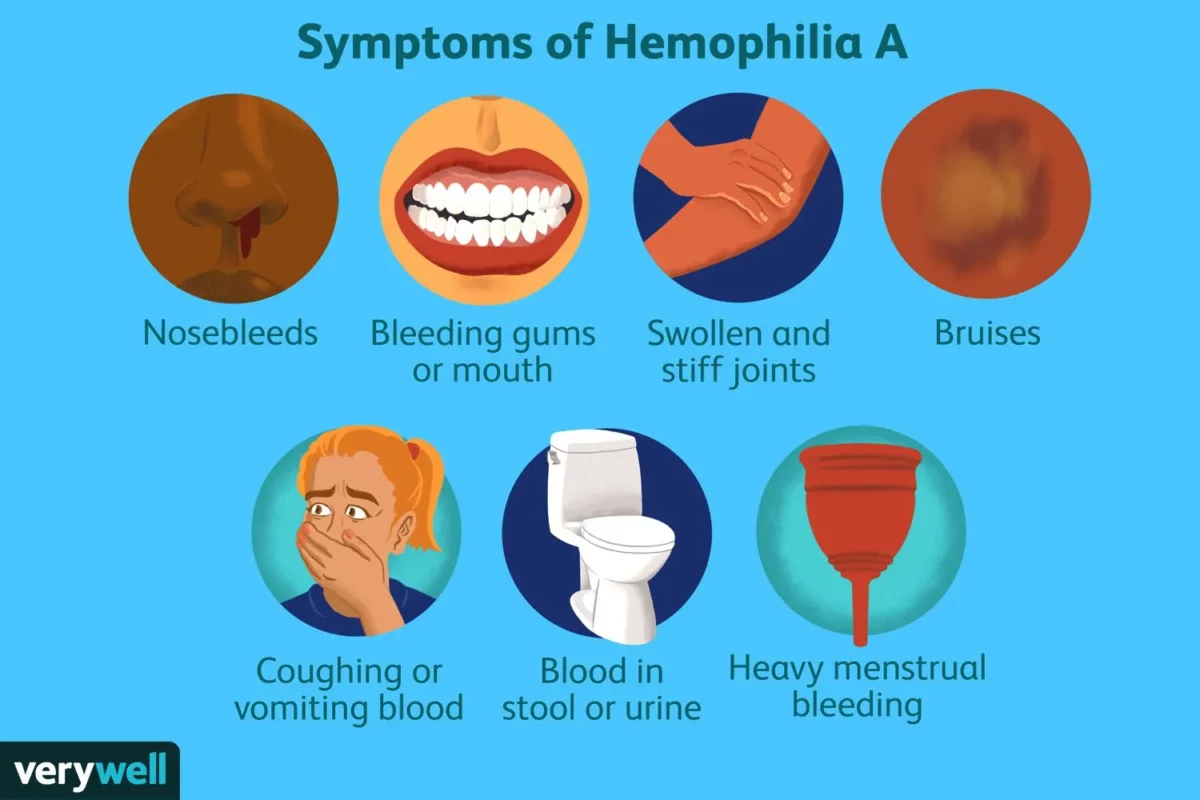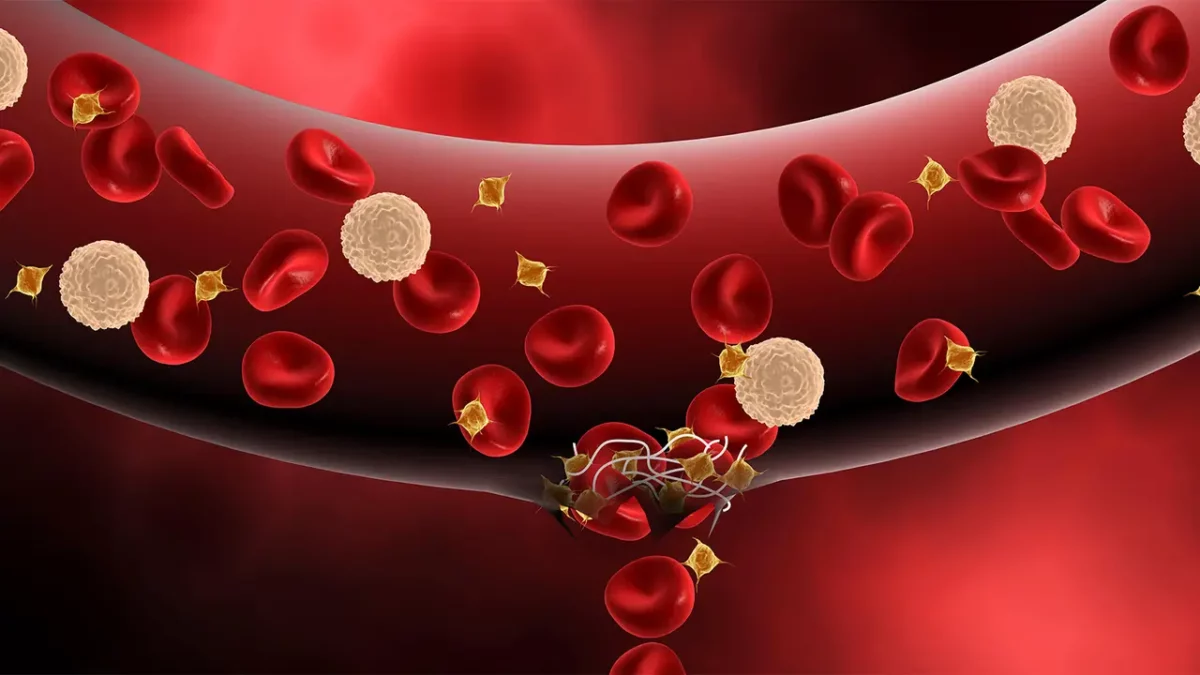“When I was young, my parents were very protective of me. They watched me like a hawk and were always skeptical of me going out to play, fearing I might hurt myself,” Bonetta said as we sat down to a conversation over tea.
Bonetta was diagnosed with hemophilia, a rare blood disorder, at the age of five. “One day as I was in the kitchen with my mom, helping her do the dishes, I cut my finger with a knife. My mum wrapped a bandage on it hoping it would stop bleeding but it wouldn’t. The white bandage was soon soaked with blood.”
Sick with worry, her parents took her to the hospital as the wound continuously bled. “After examination, the doctor found that my body didn’t have the normal amount of clotting factors.” She said. “Clotting factors are proteins in your blood. They work with your platelets to form blood clots that control bleeding. Low clotting factor levels increase bleeding risk.” As she got older and hit puberty, she intimated that she was having very heavy periods.
In most cases, hemophilia is an inherited disorder. However, in the case of Bonetta, she had ‘acquired hemophilia’. Acquired hemophilia, or hemophilia that isn’t inherited, develops when autoantibodies start to attack a specific clotting factor. Autoantibodies attack antibodies, essentially attacking your body’s own cells, tissues and proteins.
Symptoms of Hemophilia
The primary symptom of hemophilia is unusual or excessive bleeding or bruising. The severity of these symptoms depends on whether the person has severe, moderate, or mild hemophilia.
– Excessive Bruising: People with hemophilia may develop large bruises after minor injuries, indicating bleeding under the skin.
– Prolonged Bleeding: This can occur after surgery, dental procedures, or even minor cuts.
– Spontaneous Bleeding: Individuals with severe hemophilia may bleed for no apparent reason, such as sudden nosebleeds.
Severity-Based Symptoms
– Severe Hemophilia: Spontaneous bleeding and prolonged bleeding after minor injuries.
– Moderate Hemophilia: Prolonged bleeding after significant injuries.
– Mild Hemophilia: Unusual bleeding typically only after major surgery or injury.

Additional Symptoms
– Joint Pain: Caused by internal bleeding into joints like ankles, knees, hips, and shoulders.
– Brain Bleeding: Rare but serious, potentially causing headaches, double vision, or excessive sleepiness.
Hemophilia in Babies and Children
In babies and toddlers, hemophilia may manifest as:
– Excessive Bleeding: Especially noticeable after minor injuries.
– Swollen Head Lumps: Resulting from bumps on the head.
– Fussiness and Irritability: Due to internal bleeding into muscles or joints.
– Hematomas: Masses of congealed blood under the skin, often after injections.

Causes and Inheritance of Hemophilia
Hemophilia is typically inherited due to mutations in the genes responsible for clotting factors. It follows an X-linked recessive inheritance pattern.
– Inheritance: A mother can pass an abnormal X chromosome to her offspring. If the child is male, he has a 50% chance of inheriting hemophilia. Female carriers typically do not show symptoms but can pass the condition to their children.
– Spontaneous Cases: About 20% of hemophilia cases occur spontaneously without a family history.
Diagnosis and Tests
Diagnosis involves a thorough medical history, physical examination, and various blood tests:
– Complete Blood Count (CBC): Measures and studies blood cells.
– Prothrombin Time (PT) Test: Assesses how quickly blood clots.
– Activated Partial Thromboplastin Time Test: Measures blood clot formation time.
– Specific Clotting Factor Tests: Determines levels of clotting factors like factor 8 and factor 9.
Treatment of Hemophilia
Treatment focuses on boosting or replacing missing clotting factors:
-Replacement Therapy: Involves human plasma concentrates or lab-made clotting factors administered via intravenous infusion.
– Prophylactic Factor Infusions: Prevent bleeding in severe cases.
– Antifibrinolytics: Medications that prevent blood clots from breaking down.
Complications of Treatment
Some individuals may develop antibodies (inhibitors) that attack the clotting factors. Immune tolerance induction (ITI) is a long-term treatment used to reduce inhibitor levels.
Management and Lifestyle
While hemophilia requires lifelong management, there are several ways to improve quality of life:
– Avoid High-Risk Activities: Sports like football, hockey, and riding motorcycles or skateboards should be avoided.
– Medications to Avoid: Pain relievers like aspirin, ibuprofen, and anticoagulants should be avoided as they inhibit blood clotting.
– Healthy Habits: Regular exercise, stress management, good dental hygiene, and maintaining a healthy weight are crucial.
– Education: Ensure family, caregivers, and school officials are aware of the condition and know how to respond to bleeding episodes.
When to Seek Medical Attention
Contact a healthcare provider if you notice increased bleeding or bruising. Go to the emergency room if you experience severe headaches, double vision, joint swelling, or pain without access to replacement medication.
Outlook and Prognosis
With proper treatment, people with hemophilia can live relatively normal lives. Lifespan may be slightly reduced compared to those without hemophilia, but early diagnosis and ongoing treatment significantly improve outcomes. Genetic testing can help families understand their risk and manage the condition effectively.
















